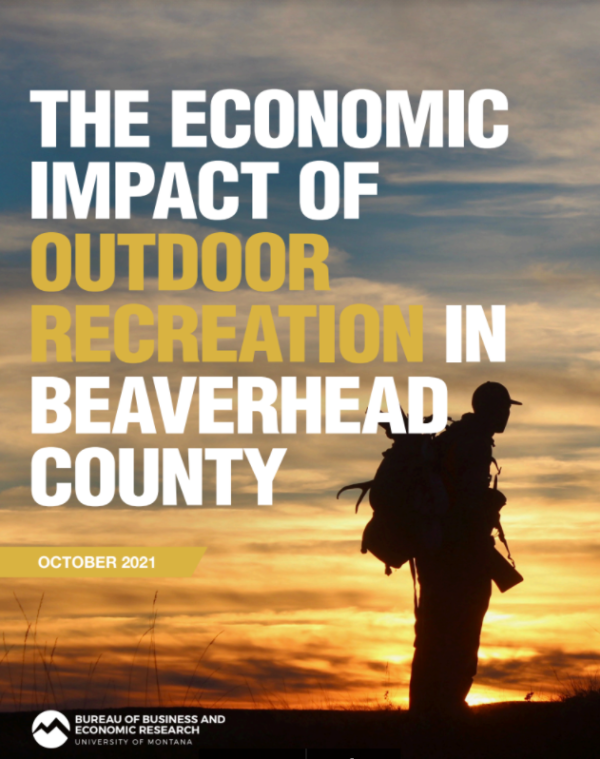
|
Montana Wildlife Federation Report Highlights Benefits of Public Lands that Are At Risk Under Status Quo
(MONTANA) –Thursday, the Montana Wildlife Federation released a new report: “The Economic Impact of Outdoor Recreation in Beaverhead County” that reveals the significant economic impact of outdoor recreation in Montana that could be undermined without a new approach to the management of local public lands. Conducted by the Bureau of Business and Economic Research at the University of Montana, the report finds that hunting and angling in Beaverhead County generates more than $167 million each year for Montana’s economy. It is also responsible for the creation of over 1,400 jobs, many of which are located in the county which, as the report notes, “is a sizable contribution to the local workforce, given that just over 9,000 people live in Beaverhead County.”
“Outdoor recreation is a part of our way of life in Montana, and this report shows just how vital it is for our state’s economy,” said Frank Szollosi, Director for the Montana Wildlife Federa- tion. “Unfortunately, this economic powerhouse is not adequately supported by the federal government’s current approach to land management. The Dillon Land Management Plan is more than 15 years old and fails to reflect the value of hunting and angling for Beaverhead County’s rugged mountains, rolling hills, and wide valleys. We call on the Biden administration to acknowledge the power of outdoor recreation and develop a new management approach that bet- ter serves Montana’s iconic public lands, wildlife, and outdoor recreation resources.”
Much of the hunting and angling that occurs in Beaverhead County takes place on federal public lands. Unfortunately, the Bureau of Land Management’s Dillon Land Management Plan falls short of protecting cherished outdoor recreation opportunities found throughout the landscape. Instead, the plan allows oil and gas drilling to take place on more than 1.2 million acres of public land, even though nearly all of these lands have little to no potential to produce oil and gas, and therefore drilling would not generate significant local revenues for taxpayers. Additionally, over the past few years, the threat of oil and gas drilling to fish and wildlife resources in Beaverhead County has grown. On two separate occasions, the oil and gas industry has tried to lease federal lands in areas with sensitive fish, wildlife, and water resources. And, an oil and gas company is currently seeking permission to drill on federal lands in the fish and wildlife-rich Tendoy Mountains.
This new report makes it clear that the BLM and the Biden administration should solve this problem by developing a new management approach for federal lands in Beaverhead County that emphasizes fish and wildlife conservation over speculative oil and gas leasing.
“The abiding and ubiquitous presence of hunters, outfitters, anglers, and other outdoor enthusiasts in the sparsely populated county has made them so familiar that the economic impact of their activities can sometimes go unnoticed,” the report says. “These activities are important for many reasons. For Montana residents, they are a fundamental aspect of the way of life in the state. For nonresidents, these activities are a major attraction and reason for visiting the state. Outdoor recreation sustains and improves the physical and mental health of those participating. When residents and nonresidents engage in outdoor recreation in Beaverhead County they also contribute to the fabric of the communities there.”
###
Press Contact: Frank Szollosi, executive director, Montana Wildlife Federation, frank@mtwf.org, 406-417-9909
Alec Underwood, federal conservation campaigns director, Montana Wildlife Federation, alec@mtwf.org, 406-303-0494